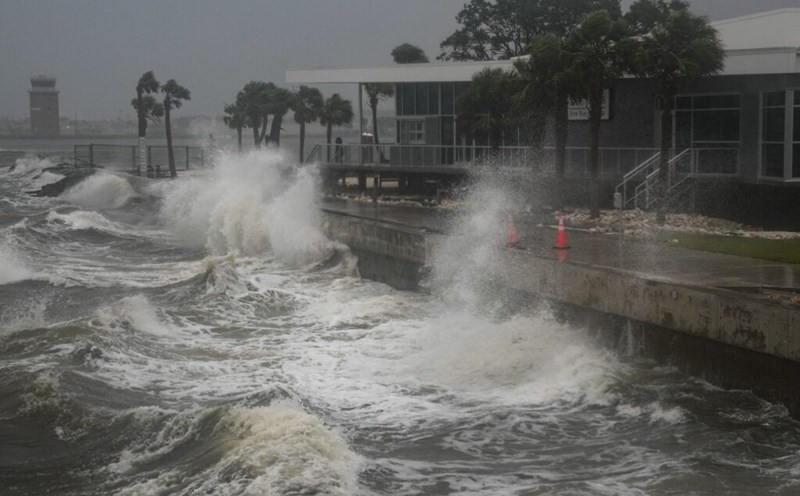The end of La Nina could be a sign that the upcoming Atlantic hurricane season will be more active, Bloomberg reported.
According to the US Climate Prediction Center (CPC), La Nina - a phenomenon that causes unusual temperatures in the waters near the equator of the Pacific Ocean - has ended.
The sea surface is forecast to remain neutral (not too hot or too cold) for June, July, August and may continue.
Although neutral weather does not greatly affect the summer weather in the Northern Hemisphere, it is often a sign that the Atlantic hurricane season will be active.
Current weather forecasts state that there is a 43% chance that the Pacific Ocean will remain neutral from November 2025 to January 2026 and a 38% chance that La Nina will return. The likelihood of an El Nino (unusually warming ocean) is just below 20%.
The absence of an El Nino is an important factor, as El Nino often creates winds that disrupt the formation and development of storms in the Atlantic.
Without El Nino, storms and tropical depressions will more easily form and develop in the Atlantic and Caribbean regions.
However, the accuracy of forecasts for the months of March, April and May is typically the lowest in the year, so there are still many uncertainties, forecasters from the US Climate Prediction Center note in their monthly forecast.
Although a neutral ENSO state is expected to prevail over the next few months, climatologists warn that predictions at this time of year are often uncertain and this phenomenon is called the "spring forecast barrier".
ENSO is considered to be in a neutral state as the central and eastern Pacific regions have unusual temperatures ranging from 0.5 degrees Celsius to -0.5 degrees Celsius.
Similar to the El Nino and La Nina phenomena, neutral conditions affect the weather globally. Normally, when the weather is neutral, the rays change less, meaning local weather patterns can dominate the local weather.
The Enso state can become more complicated due to the motion of the sun above the north of the hemisphere when it comes to the day of the lice. At this time of the year, the temperature in areas across the Northern Hemisphere, especially in the Pacific Ocean, heated up, but the seawater heated up unevenly and changed each year.
In addition, the lack of weather observation data, such as satellite information or floating in the ocean, also makes forecasts less reliable.
The difficulty in accurately predicting ENSO's phases is clearly demonstrated by what happened in 2024 when El Nino did not end as early as initially predicted. Last year, some models predicted that El Nino would end in early spring, but the fact that the ENSO's heat cycle lasted until early summer was completely weak.
ENSO ( El Nino, La Nina and neutral) phases play a very big role, affecting all weather phenomena, from strong storms in spring, droughts, to major storms in summer or winter snowstorms.











